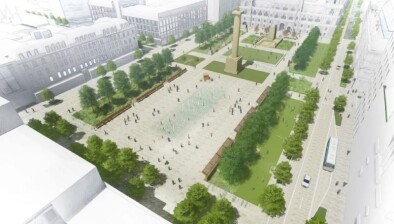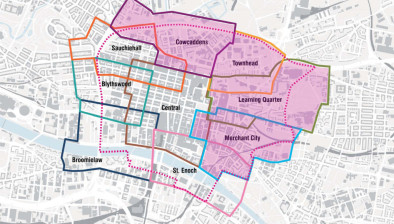New frameworks to guide regeneration of Clyde corridor and Govan-Partick
Frameworks to help guide the development and regeneration of both the River Clyde Corridor and Govan-Partick have now been adopted into Glasgow’s City Development Plan, the local authority has announced.
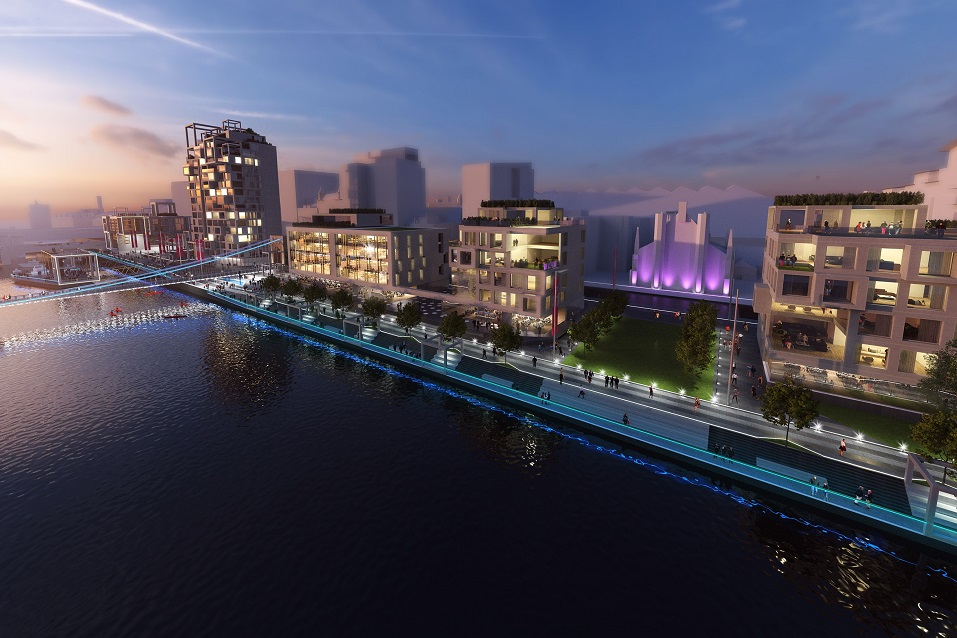
The Strategic Development Frameworks (SDFs) will build on the activity that has already taken place on the river and in these historic Glasgow communities, and help deliver the significant regeneration that will take place in the coming years.
The Clyde corridor SDF aims to develop a river and waterfront that is vibrant, sustainable, better-connected, greener and more resilient to social, economic and climate change. The vision of this SDF is that the Clyde corridor becomes a liveable place, forming a world-class destination at the heart of the city, with accessible and attractive spaces and cultural and leisure opportunities ensuring that where people want to visit and spend time there.
In addition, the corridor will be climate-resilient, supporting a mix of uses, with new houses and flats linked to existing communities. The Clyde’s unique historic character will be protected and enhanced, with innovative design creating a distinct identity, and the issue of vacant and derelict land tackled to unlock development potential.
The Clyde is Glasgow’s largest continuous open space, one that will form part of a wider network of urban waterways and which will feature continuous walking and cycling routes.
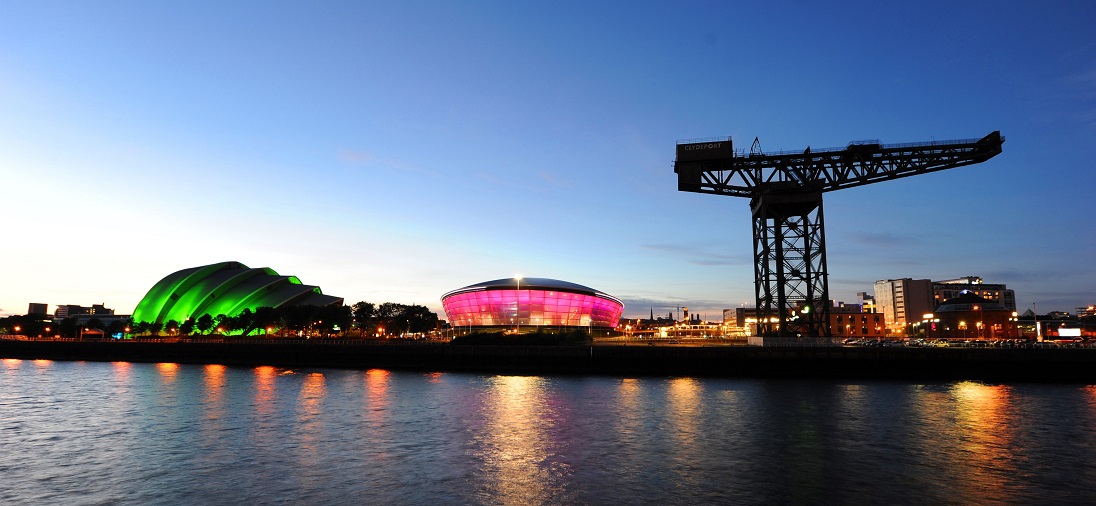
The focus of this SDF is the stretch of the river between the tidal weir close to Glasgow Green and the city boundary at Yoker. While there has been gradual development activity on the waterfront at sites such as the International Financial Services District, the Scottish Events Campus, Pacific Quay and the Riverside Museum, as well as current developments including the Barclays campus at Tradeston, the SDF will now help guide future and proposed activity to make the Clyde corridor a major regeneration project of regional and national significance.
The Govan-Partick SDF (which originated from significant community and stakeholder engagement in 2015) will build on the strengths and assets of the communities and local institutions while addressing the legacy of post-industrial related issues in the area.
In recent years, ongoing initiatives such as the Central Govan Action Plan, the Glasgow City Region City Deal’s West End & Waterfront programme, and the University of Glasgow’s GRID Innovation District point to a growing momentum in the regeneration of Govan - Partick, and this SDF will provide a platform for collaborative working between the council and its partners to deliver the area’s potential.
Through the SDF, it is expected that by 2030, Govan-Partick will be recognised as an urban district of well-connected but distinct neighbourhoods, providing a very high quality of life, creating a context for nationally significant economic development and a narrowing of social inequalities. The area will be recognised as a leading Innovation District, surrounded by a growing economic cluster that contributes to inclusive growth and the building of an attractive place for people to live and work in.
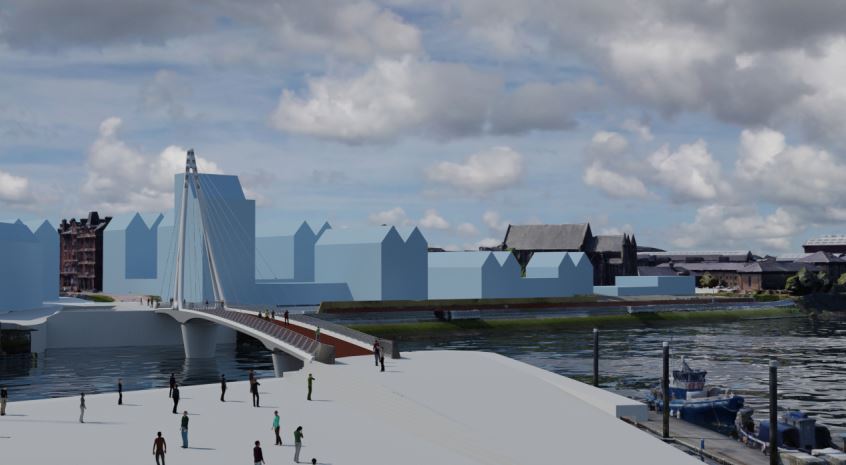
The forthcoming Partick - Govan bridge will act as a stimulus for a new cultural quarter between the Riverside Museum and historic buildings such as Govan Old and the Pearce Institute, and the social and economic potential of the area will also be unlocked through improvements to streets, spaces and the active travel network, as well as the development of key regeneration sites.
Councillor Susan Aitken, leader of Glasgow City Council, said: “The River Clyde is, arguably, Glasgow’s greatest physical asset - and, for too long, the city hasn’t used it as well or as often as it could have. This framework will ensure that the council can work with its partners to bring the river back to the place it deserves in our economic, social and cultural lives. Equally, the framework linking Govan and Partick will best shape how the significant development taking place there now and in the near future can benefit as many people as possible in these historic Glasgow communities.”
Future development activity on the Clyde Corridor and in Govan-Partick also includes the Partick - Govan Bridge; the development of Custom House Quay; the next phase of the Glasgow Harbour development; and the creation of a mixed-use development at Water Row.
The two SDFs now have the status of Supplementary Guidance for the City Development Plan for Glasgow, where the Clyde Corridor and Partick - Govan had been identified as areas where a strategic approach is needed to co-ordinate development activity, direct investment and address emerging opportunities.













